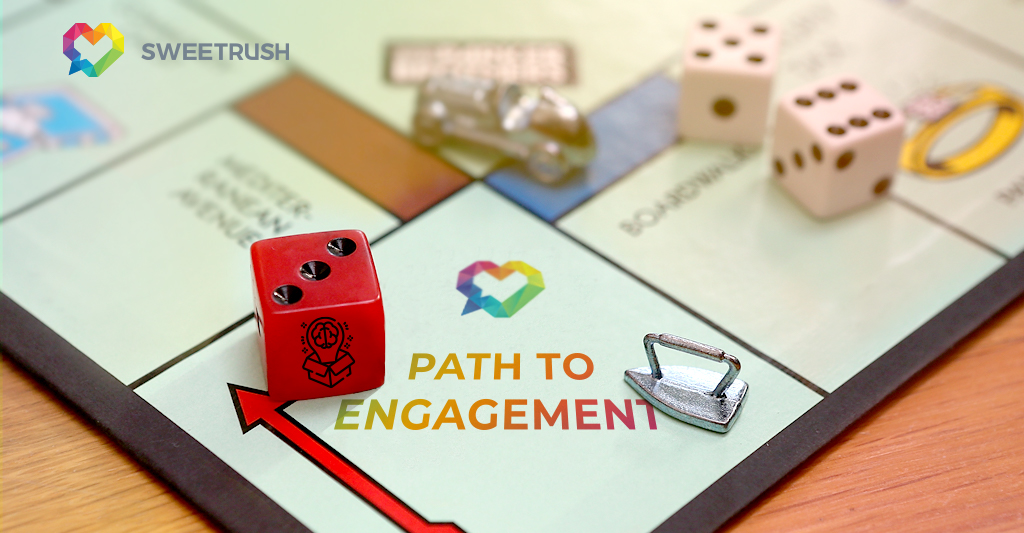Gamification and employee engagement are intrinsically linked. When you use gamification in learning solutions, you find you have higher employee engagement. And yet there are times when gamification and engagement can both be boosted by something more.
Recently, a gamification RFP landed on my desk that started me thinking, “How can branding, applied to a gamified solution, help enhance emotional engagement with learners?” Engagement is a critical aspect of any type of training, and the connection between engagement and retention is driving gamification solutions’ popularity—hence this client’s understandable request.
However, the client asked for a creative approach for a series of mini-games, or gamelets, to teach its customer service model to a demographic who is not game-oriented. Translation: Make it fun, make it memorable, and make it effective for this audience. A unique challenge.
So, how could branding play a part? Here’s how I explain “brand” to my wife.
“It’s that first impression you feel when someone new walks into the room,” I tell her.
That feeling speaks to the emotional part of our brain—the part that’s also fundamental to how we think and make decisions. Imagine a product package designed so well that you can’t wait to reveal its contents. Good brand design triggers a sense of anticipation and excitement—creating engagement. And good brand design is also a vehicle to deliver key messages about the company (our client) itself. So, it serves many purposes, and it’s an opportunity not to be missed.
To meet this proposal’s request for an innovative way to teach the customer service model, we designed unique logos that told the story in a fun and humorous way to make the content more approachable. For this demographic, we intentionally kept the navigation and game elements simple. We used brand elements as part of the game mechanics, which reduced user experience anxiety and put the player in “the flow”—a critical aspect for this nongaming-centric audience. The brand concepts added consistency and cohesion in the gamelets, regardless of the order in which they’re taken. A game map gives players the freedom to explore, see their progress, and see how each piece of the customer service model applies to the bigger picture.
In Drive: The Surprising Truth About What Motivates Us, author Daniel Pink explains that emotional engagement “is made through allowing the end-user a sense of autonomy, progress, and sense of purpose,” all of which can be enhanced through the strategic use of branding. In this instance, we helped tell the story by packaging it with branding elements that enhanced how this “gamified” training sparked emotional engagement with the learners.
When designing brand elements, you examine similar data points as those used in designing the instructional approach and the game dynamics. You’re seeking the sweet spot—the place that speaks truth to and intrinsically motivates your audience and is true to the company’s brand.
The brand, instructional approach, and the game ideally work in sync to promote the same messages. When they all come together and are done right, the underlying messaging teaches the audience how their performance on the job impacts their work, careers, and even their lives.
That’s memorable and motivational. And that’s emotional engagement.
Learn more about SweetRush’s approach to games and simulations for learning.





